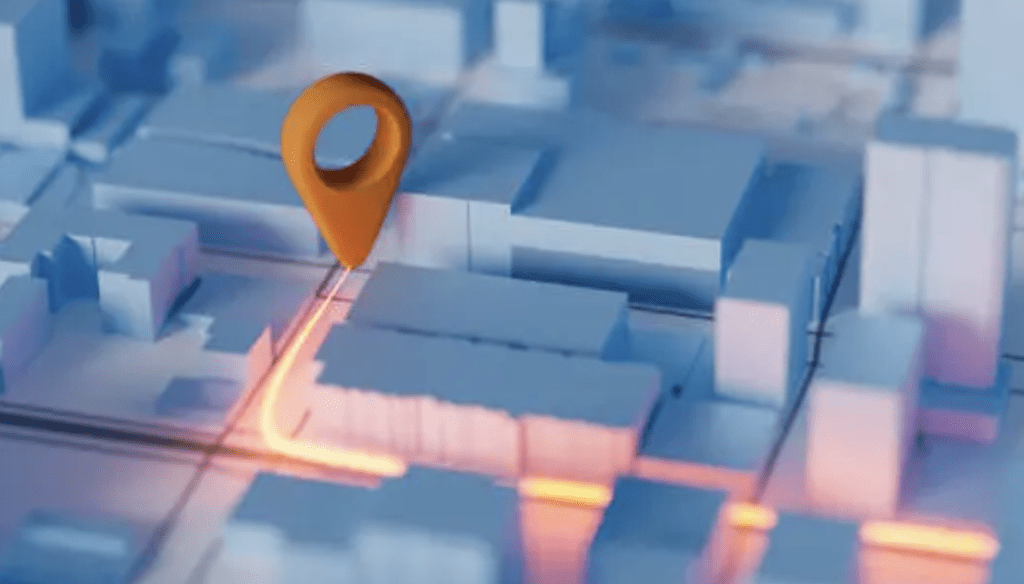The Evolution of GPS in Crime Prevention: From Navigation to Security

The Global Positioning System (GPS), a technology once reserved for military applications and sophisticated navigation, has evolved dramatically since its inception. Today, its influence extends far beyond helping travelers find their way. One of the most profound shifts we’ve witnessed is its application in crime prevention. From personal assets to larger entities, GPS has become an integral tool in deterring crime and aiding law enforcement.
A Shift from Navigation to Safety
In the initial days, GPS made waves in the transportation sector, ensuring ships, aircraft, and, later, vehicles could pinpoint their exact location anywhere in the world. However, as the technology became more affordable and accessible, its potential uses expanded. Commercial entities began integrating GPS in their logistics, using platforms like gpswox.com to track shipments and ensure cargo security.
The average consumer quickly recognized the merits of GPS for personal safety. Whether it’s parents monitoring their kids’ whereabouts or vehicle owners installing GPS to prevent theft, the technology’s influence has become undeniable. The underlying concept was simple: if potential criminals know they’re being tracked, they’re less likely to commit a crime.
Deterrence and Detection
A core principle of criminal behavior is the belief that they won’t be caught. GPS, in its silent vigilance, upends this belief. Case in point: the recent incident where two electric bikes were stolen from a resident’s driveway. Such incidents highlight GPS’s dual role: a deterrent and a detection tool. With platforms like trackingfox.com offering real-time tracking solutions, the idea of a quick, untraceable theft is becoming a myth. Thanks to the integrated GPS locators, the police could swiftly recover the stolen property and apprehend the suspects. Stories like these underline how GPS serves as both a deterrent and a detection mechanism. Potential criminals are now well aware that technology can trace them, reducing the allure of an ‘easy steal.’
Moreover, law enforcement agencies have begun to use GPS data in investigations. The applications are numerous, from determining the location of a suspect during the time of a crime to tracking the movements of organized crime groups.
Empowering Communities
Community watch groups and neighborhood safety initiatives have also found an ally in GPS technology. Communities can set up geo-fences – virtual boundaries – around their neighborhoods. Any unauthorized movement, especially during odd hours, can trigger alerts, making communities more proactive in ensuring their safety.
Furthermore, individuals with restraining orders or those being stalked can utilize personal GPS devices to alert authorities if a specific individual comes within a certain distance. The mere presence of such technology can provide peace of mind to the vulnerable.
Future Outlook
As technology continues to advance, we can only expect the role of GPS in crime prevention to grow. Innovations might lead to even quicker response times, more accurate location pinpointing, or better integration with other security systems.
However, while the benefits are undeniable, there’s also an essential dialogue to be had about privacy concerns. As with all technologies, a balance must be struck to ensure that we’re not inadvertently creating an invasive surveillance state while preventing crime.
The journey of GPS from a navigational tool to a pillar of modern security is a testament to human ingenuity and adaptability. As we move further into the 21st century, this tiny piece of tech will undoubtedly continue to shape our safety landscape in ways we can only begin to imagine.











